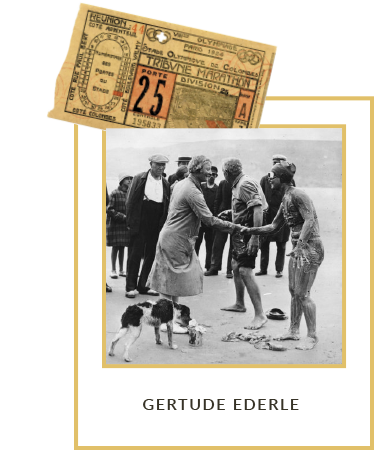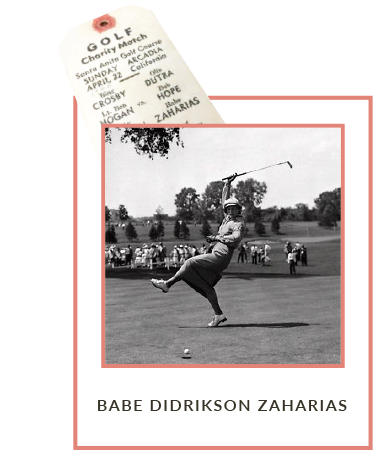A Historical Timeline:
The Rise of Female Athletes in America
Before and After Title IX

Title IX was established in 1972 to provide everyone with equal access to any program or activity that receives Federal financial assistance, including sports. This means that federally funded institutions, such as public schools, are legally required to provide girls and boys with equitable sports opportunities. It is hard to exaggerate the far-reaching effect of Title IX on American society. Before Title IX, one in 27 girls played sports. Today that number is two in five. Here are a few of the landmarks along the timeline of women in sports, before and after the passage of the law.



















